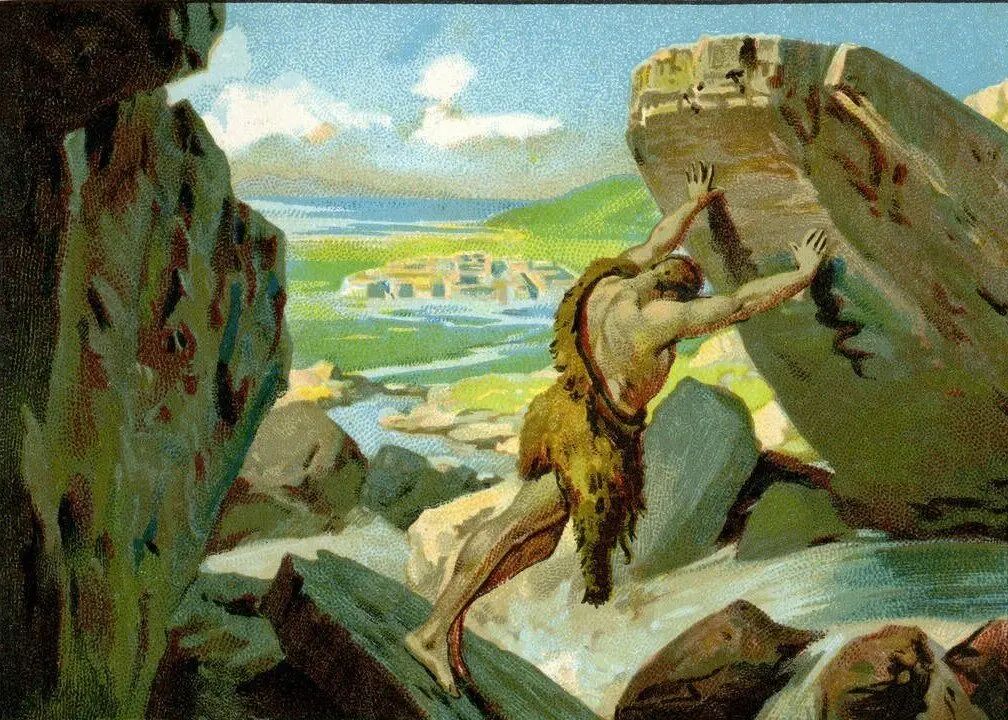The myths of the ancient worlds, as we have discussed before, have profound truths and insights to tell us now, if we would but listen to them. One that I find particularly relevant at this present juncture of history is the story of the Lernaean Hydra, or just the Hydra.
To recall, the Hydra was a snake-like monster who in the most authoritative sources had nine heads, one of which was immortal. On top of that, the creature’s breath was a lethal poison and it spat a venom so deadly that there was no cure for it.






